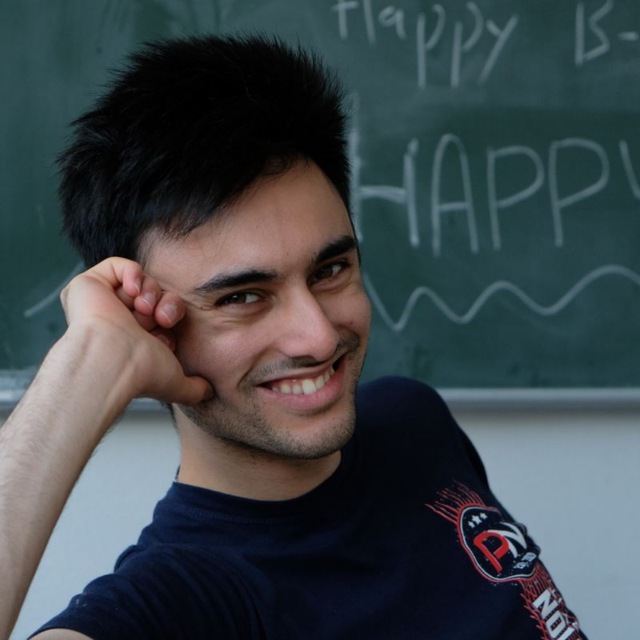Publications
Task weighting based on particle filter in deep multi-task learning with a view to uncertainty and performance
Author(s): Emad Aghajanzadeh, Tahereh Bahraini, Amir Hossein Mehrizi, Hadi Sadoghi Yazdi
Published in: Pattern Recognition
Date: 2023/8
Abstract: Recently multi-task learning (MTL) has been widely used in different applications to build more robust models by sharing knowledge across several related tasks. However, one challenge that arises is the variability in the learning pace of different tasks causing the inefficiency of naively training all tasks. Therefore, it is of great importance to consider some coefficients to balance tasks in the process of learning, but, due to the large search space and the significance of setting them properly, conventional search methods such as grid or random search are no longer effective. In this paper, we propose a learning mechanism for these coefficients based on the high efficiency of the particle filter (PF) algorithm to deal with nonlinear search problems. PF considers each state of the tasks’ coefficients as a particle and recursively converges coefficients to an optimum point. While in most previous works coefficients were evaluated to only increase performance, to address the recent concerns related to applying AI in real-world applications, we also incorporate uncertainty alongside our method to prevent learning coefficients leading to unstable outcomes. This mechanism is independent of the models main learning process and can be easily added to every learning system without changing its training algorithm. Extensive experiments on real-world data sets demonstrate the superiority of the proposed method over the state-of-the-art methods on both performance and uncertainty. We also proved the acceptable performance of the method using Cramer Rao lower bound theory.
Classification of Tuberculosis Type on CT Scans of Lungs using a fusion of 2D and 3D Deep Convolutional Neural Networks.
Author(s): Emad Aghajanzadeh, Behzad Shomali, Diba Aminshahidi, Navid Ghassemi
Published in: Conference and Labs of the Evaluation Forum, September 21–24, 2021, Bucharest, Romania
Date: 2021/9
Abstract: In this paper, we present a novel deep-learning-based method to deal with volumetric data like CT scans. The method ensembles a 2-dimensional convolutional neural network (2D-CNN) with a 3D-CNN followed by a recurrent neural network (RNN). We used this approach and its constituent to solve the task of categorizing tuberculosis type in the context of ImageCLEF 2021. Our best run ranked 4th based on the Kappa metric by reaching a value of 0.181 and 3rd based on the accuracy of 0.404. Also, it is worthy of mentioning that our obtained results were very similar to that of the third team with a Kappa of 0.190; and we had a big gap with the fifth team with a Kappa of 0.140.
Acquisition and Formalization of Tacit Knowledge for Value Chain Generation in Local Production Networks
Author(s): Matthias Kerzel, Julia Markert, Emad Aghajanzadeh, Stephanie von Riegen, Lothar Hotz and Pascal Krenz
Published in: Prestigious Applications of Intelligent Systems, PAIS 2023
Date: 2023/9
Abstract: Interest in producing goods locally again has risen. This leads to new challenges for companies producing locally, especially since they are mostly small enterprises and do not always have resources to adapt Industry 4.0 technologies. Therefore, collaborating in networks can strengthen local production. We propose an online system with an underlying planning component that is supported by a large-scale language model to coordinate value chains within a network by utilizing the tacit production knowledge within the companies. Before any type of information processing can happen, however, the data – in this case, the tacit knowledge – needs to be acquired and formalized in such a way that is easy and quick, but also sufficient enough in detail and quality for the computer system. To this end, we conducted a study with 16 participants to simulate the collection of knowledge regarding the production of four pieces of furniture by having them describe simplified production steps. We analyze the results and show that the use of the collaborative system has a positive effect on the soundness of resulting production plans. In a second step, we utilize artificial intelligence methods to fill incomplete plans. Results and implications for future research are presented as well.
